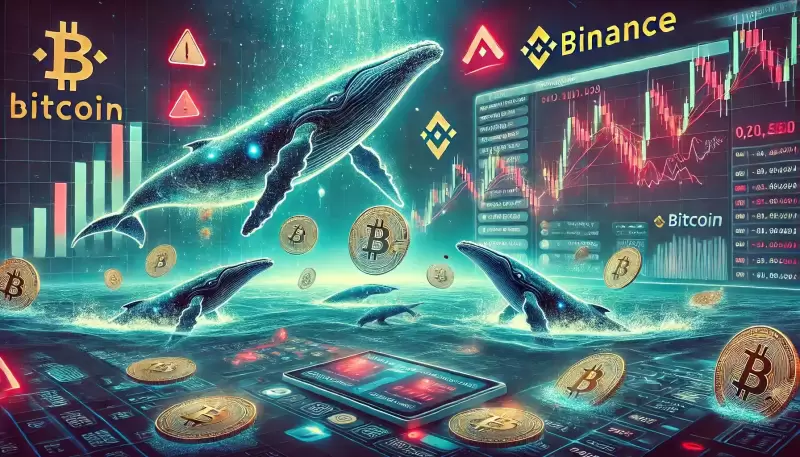 |
|
 |
|
 |
|
 |
|
 |
|
 |
|
 |
|
 |
|
 |
|
 |
|
 |
|
 |
|
 |
|
 |
|
 |
|
Cryptocurrency News Articles
Using a Pocket-Sized Crypto Mining Rig, a Solo Bitcoin Miner Has Managed to Solve a Block and Claim a $263,000 Reward
Mar 12, 2025 at 02:43 pm
In an incredible stroke of luck, a solo Bitcoin miner using a pocket-sized crypto mining rig has managed to solve a Bitcoin block and claim a staggering $263,000 reward.

In an astounding turn of events, a solo Bitcoin miner using a pocket-sized crypto mining rig has managed to solve a Bitcoin block and claim a staggering $263,000 reward. The miner, participating through the solo.ckpool Bitcoin mining pool, successfully mined block 887,212—an event that is extra ordinary given the miner’s limited computing power.
This remarkable achievement, which occurred on March 10, 2025, was highlighted by Con Kolivas, the developer behind the solo.ckpool mining pool. The miner accomplished the feat using a Bitaxe machine operating at 480 gigahashes per second (GH/s)—a fraction of the processing power used by industrial-scale Bitcoin mining farms. To put this into perspective, major mining companies use hardware with a hashing power exceeding 230,000 GH/s.
Despite facing odds of one in a million per day, this lucky solo miner outperformed expectations, securing a total of 3.15 BTC, which included the standard 3.125 BTC block reward and an additional 0.025 BTC from transaction fees.
How Did the Solo Miner Beat the Odds?
Bitcoin mining is largely dominated by large-scale mining pools such as Foundry USA, MARA Pool, Bitfarms, and Hut 8, where thousands of miners collectively pool their resources to increase their chances of successfully mining a block. Solo mining, on the other hand, is highly unpredictable, especially when using low-power machines.
The solo miner’s Bitaxe machine, despite having significantly lower computing power, managed to solve the complex cryptographic puzzle required to validate a Bitcoin block. This rare occurrence underscores the decentralized nature of Bitcoin, where even a miner with limited resources has a shot at striking gold.
A Bitaxe machine operating at 480 GH/s. The winning miner used a 480 GH/s Bitaxe device, a compact and energy-efficient mining rig designed primarily for hobbyists. Compared to high-performance ASIC (Application-Specific Integrated Circuit) miners, such as those used by MARA Holdings (NYSE:MARA) or Bitmain, this device operates at a tiny fraction of their hash rates.
For comparison:
* A Bitaxe machine has about 0.48 kilohashes per second (KH/s), while a typical ASIC miner used by large-scale pools has around 140 terahashes per second (TH/s), which translates to 140,000 KH/s.
* Moreover, the world’s largest Bitcoin miners have a total hashing power of 230,000 GH/s, which is more than 479 times the hash rate of the Bitaxe device.
This means that the miner who solved block 887,212 overcame odds that are far worse than winning the lottery.
Why Is Solo Mining Rare?
Solo mining has largely become unfeasible due to Bitcoin’s rising difficulty level, which adjusts dynamically to ensure that blocks are mined roughly every 10 minutes. This difficulty adjustment makes it nearly impossible for individual miners with small-scale machines to solve a block before larger miners.
Most Bitcoin mining today is done through large mining pools, where miners combine their computing power and share rewards based on their contributions. The dominance of mining pools ensures a more stable income for participants but reduces the probability of solo miners finding blocks.
Impact on the Bitcoin Mining Community
This event has sparked discussion within the Bitcoin community about the role of small-scale miners in the ecosystem. While the Bitaxe and similar pocket-sized miners are generally unprofitable due to their low hash rates, they serve an essential purpose—preserving the decentralization and security of the Bitcoin network.
As smaller miners find it increasingly difficult to compete in the rapidly changing landscape of crypto mining, innovations are crucial. Skot, one of the builders behind Bitaxe miners, highlights the importance of open-source projects like Bitaxe in challenging the closed-source nature of mainstream Bitcoin mining hardware manufacturers like Bitmain.
“We’re trying to keep the industry focused on building useful hardware for the people and not just chasing the highest hash rate in a lab,” Skot said.
By making mining accessible to more people, the industry can remain aligned with Bitcoin’s original ethos of decentralization, which is threatened when a small number of entities control a large portion of the network’s hash rate.
What Happens Next
While this event is unlikely to be replicated frequently, it serves as a reminder that solo mining is still technically possible, albeit highly improbable. With Bitcoin’s mining difficulty continuing to rise, individual miners will find it increasingly difficult to compete with industrial mining operations.
However, advancements in energy-efficient mining hardware, along with innovations in open-source mining projects, could pave the
Disclaimer:info@kdj.com
The information provided is not trading advice. kdj.com does not assume any responsibility for any investments made based on the information provided in this article. Cryptocurrencies are highly volatile and it is highly recommended that you invest with caution after thorough research!
If you believe that the content used on this website infringes your copyright, please contact us immediately (info@kdj.com) and we will delete it promptly.
-

-

-

-

-

- Phantom Wallet Exploited, Resulting in the Theft of Over $500,000 in Digital Assets
- Apr 15, 2025 at 04:15 pm
- A group of investors led by attorney Liam Murphy has filed a lawsuit against Phantom Technologies and OKX, alleging that severe security flaws in Phantom's popular crypto wallet led to the theft of over $500000 in digital assets and triggered the collapse of Murphy's digital asset project, Wiener Doge.
-

-

-

-



























































